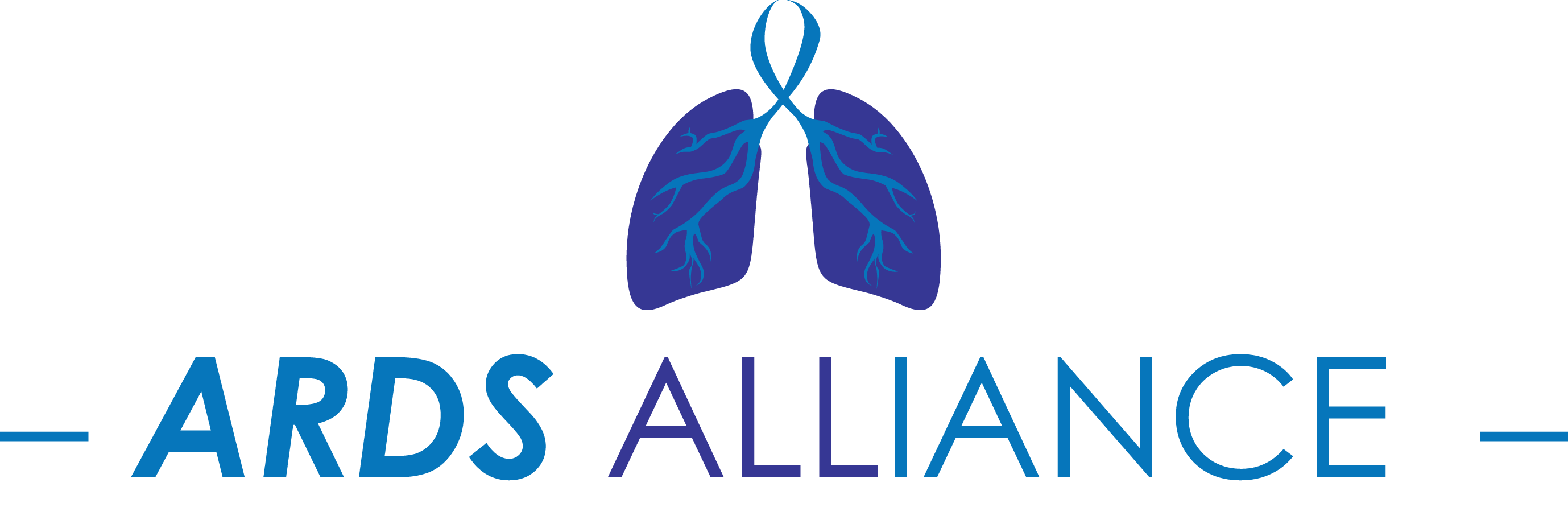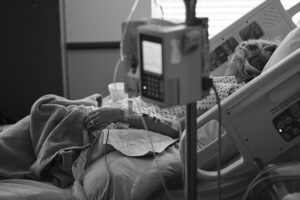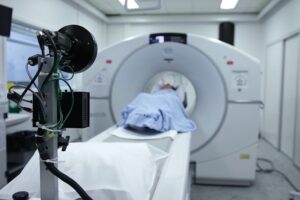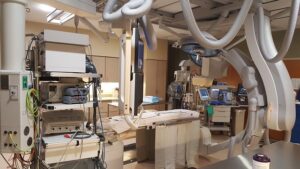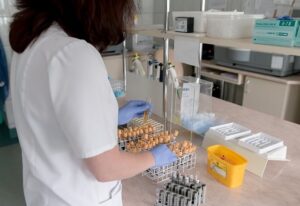The Role of Oxygen Therapy in ICU ARDS Treatment
The Role of Oxygen Therapy in ICU ARDS Treatment
Acute Respiratory Distress Syndrome (ARDS) is a severe lung condition characterized by widespread inflammation in the lungs, leading to significant respiratory failure. The interplay of various underlying conditions and situations, such as pneumonia, sepsis, or trauma, can trigger ARDS, causing dire consequences if not managed promptly and effectively. One of the primary treatment modalities employed in the Intensive Care Unit (ICU) is oxygen therapy. This article will explore the role of oxygen therapy in managing ARDS patients, detailing its mechanisms, types, applications, and addressing common concerns and questions related to its use.
Understanding ARDS
It is essential for both caregivers and families of patients to understand ARDS better to alleviate fears and facilitate a more knowledgeable approach to care. ARDS results from an injury or inflammation that leads to a turbulent reaction within the alveoli, the tiny air sacs in the lungs. When the alveoli become inflamed, they fill with fluid, making it difficult for oxygen to enter the bloodstream.
ARDS can become progressive, leading to a decrease in oxygen levels in the body, increased work of breathing, and ultimately, multiple organ failure. Patients may exhibit a range of symptoms, including:
- Severe shortness of breath
- Rapid breathing
- Cyanosis (bluish coloring of the skin)
- Fatigue
Recognizing these symptoms early allows for timely intervention, which can be crucial for the patient’s survival and recovery.
The Mechanism of Oxygen Therapy
Oxygen therapy is a treatment that provides supplemental oxygen to maintain adequate oxygen levels in the blood. In ARDS patients, the lungs’ ability to transfer oxygen into the bloodstream is compromised, creating a hypoxemic environment. Oxygen therapy serves to increase the availability of oxygen, helping to counterbalance the reduced efficiency of gas exchange within the damaged alveoli. In effect, it aims to restore adequate blood oxygen levels and improve organ function.
Several mechanisms are involved in this process:
- Increased Oxygen Availability: By providing supplemental oxygen through various delivery systems, healthcare providers can raise the concentration of oxygen that reaches the lungs, compensating for the reduced oxygen uptake due to fluid-filled alveoli.
- Improved Work of Breathing: Supplemental oxygen can alleviate the patient’s sensation of breathlessness, thereby reducing the work effort required to breathe. This can lead to reduced fatigue and improved overall oxygenation.
- Reduced Stress on the Cardiovascular System: By ensuring that oxygen levels in the blood are adequately maintained, oxygen therapy can decrease the strain on the heart, thus preventing cardiovascular complications that can arise from hypoxemia.
Types of Oxygen Therapy
There are several types of oxygen therapy used in the ICU setting, particularly tailored to meet the specific needs of ARDS patients. Understanding these types can help better grasp how they play a crucial role in treatment:
- Nasal Cannula: A common delivery method where two small tubes are inserted into the nostrils. It is suitable for mild hypoxemia and allows for a moderate flow of oxygen.
- Face Masks: A more efficient delivery method that can provide higher concentrations of oxygen. Varieties include simple face masks, Venturi masks, and non-rebreather masks, each having specific applications based on the patient’s condition and required oxygen levels.
- High-Flow Nasal Cannula (HFNC): A high-flow system that delivers warm, humidified oxygen at higher rates, suitable for moderate to severe ARDS, allowing for improved comfort and oxygenation.
- Mechanical Ventilation: In severe cases, patients may require full mechanical ventilation, ensuring a controlled delivery of oxygen while supporting their breathing entirely.
The choice of oxygen therapy modality will depend on the severity of ARDS, the patient’s overall health status, and the clinical judgment of the healthcare team.
Indications for Oxygen Therapy in ARDS
Understanding when and why oxygen therapy is indicated can help alleviate concerns regarding its necessity, especially during such a critical time. Some primary indications include:
- The presence of hypoxemia, measured by an oxygen saturation level (SpO2) below 90%.
- Increased respiratory rate or work of breathing, indicating the patient’s difficulty in oxygenation.
- Signs of fatigue or respiratory distress, including accessory muscle use in breathing.
In practice, oxygen therapy is often administered continuously and adjusted based on regular monitoring of SpO2 levels, arterial blood gases (ABGs), and the patient’s clinical response to therapy. This tailored approach is essential for optimizing outcomes in ARDS management.
The Benefits of Oxygen Therapy
The application of oxygen therapy within the context of ARDS management is associated with several significant benefits:
- Enhancement of Oxygenation: The most immediate benefit is the improvement in blood oxygen levels, which is crucial for the survival of vital organs.
- Prevention of Complications: Adequate oxygenation can mitigate the risk of complications such as multi-organ failure, cardiac issues, and renal impairment related to severe hypoxemia.
- Comfort and Well-Being: Oxygen therapy can significantly alleviate feelings of breathlessness and panic, contributing to an improved sense of comfort for the patient.
The consistent application of oxygen therapy can enhance the recovery trajectory for ARDS patients, thereby improving both short-term and long-term health outcomes.
Challenges and Risks of Oxygen Therapy
While oxygen therapy plays a critical role in managing ARDS, it is not without risks and challenges. Excessive oxygenation, known as hyperoxia, can lead to oxygen toxicity, resulting in further lung injury and complications. Moreover, some patients may experience barotrauma or volutrauma due to high-pressure ventilation strategies. Therefore, a balanced approach is necessary to optimize the delivery of oxygen while minimizing potential side effects.
- Hyperoxia: Elevated oxygen levels may lead to oxidative stress and damage to lung tissues, increasing the risk of further injury.
- Ventilator-Associated Lung Injury (VALI): In patients requiring mechanical ventilation, high tidal volumes and pressures can exacerbate lung injury.
- Increased Risk of Infection: Prolonged use of invasive devices like endotracheal tubes can increase the risk of ventilator-associated pneumonia.
Continuous Monitoring and Management
The effectiveness of oxygen therapy for ARDS must be continuously monitored. Healthcare teams utilize various tools and technologies, such as pulse oximeters and blood gas analysis, to assess the adequacy of the treatment. Regular assessments help to adjust the levels of oxygen delivered— either increasing it for severe hypoxemia or tapering it down when feasible. Famously referred to as the “Golden Rule” in critical care, the principle is to maintain a patient’s oxygen saturation between 92% and 96% whenever possible, avoiding the extremes.
- Incorporating regular assessments to guide oxygen therapy adjustments.
- Utilizing non-invasive monitoring techniques to allow for continuous evaluation of SpO2 levels.
- Collaboration among the ICU team, including nurses, respiratory therapists, and physicians, to create a holistic approach to monitoring and management.
FAQs about Oxygen Therapy and ARDS
1. How is oxygen therapy initiated in ARDS patients?
Initiation typically occurs in response to symptomatic hypoxemia. Medical professionals will assess the patient’s clinical condition and begin therapy using the most appropriate method based on their severity.
2. What are the signs that oxygen therapy is working?
Increased oxygen saturation levels, improved respiratory effort, and decreased levels of anxiety or discomfort are all positive indicators that oxygen therapy is having the desired effect.
3. Can oxygen therapy be harmful?
Yes, excess oxygen can lead to complications like hyperoxia and oxidative stress, making careful monitoring essential to mitigate these risks.
4. How long will my loved one require oxygen therapy?
The duration of oxygen therapy varies by individual and depends on several factors, including the severity of ARDS, underlying health conditions, and patient response to treatment.
5. Are there alternative therapies for ARDS?
In conjunction with oxygen therapy, other treatments such as high-flow nasal cannula, non-invasive ventilation (NIV), proning, and medications may be employed to facilitate recovery.
Conclusion
Oxygen therapy serves as a cornerstone in the treatment of Acute Respiratory Distress Syndrome (ARDS) within the ICU. By substantially improving oxygenation and mitigating the potentially lethal consequences of hypoxemia, it plays a fundamental role in managing this serious condition. Ongoing monitoring and individualized treatment plans are critical to navigating the complexities of ARDS treatment effectively. For families and caregivers of patients battling ARDS, understanding oxygen therapy can foster a sense of involvement and optimism. With continuous advancements in critical care, the outlook for ARDS patients is improving, and oxygen therapy remains a vital element of this transformation.
For further reading and resources, consider reviewing the following articles:
About ARDS and Post-ARDS
ARDS (Acute Respiratory Distress Syndrome) is a life-threatening condition typically treated in an Intensive Care Unit (ICU). While ARDS itself is addressed during the ICU stay, recovery doesn’t end with discharge; patients then embark on a journey of healing from the effects of having had ARDS.
Disclaimer
The information provided in ARDS Alliance articles is for general informational and educational purposes only and is not a substitute for professional medical advice, diagnosis, or treatment. While we strive to present accurate, current information, the field of Acute Respiratory Distress Syndrome (ARDS) and related healthcare practices evolve rapidly, and ARDS Alliance makes no guarantee regarding the completeness, reliability, or suitability of the content.
Always seek the advice of qualified healthcare professionals with any questions you may have regarding a medical condition. Never disregard professional medical advice or delay seeking it because of information you read in ARDS Alliance articles. ARDS Alliance, its authors, contributors, and partners are not liable for any decision made or action taken based on the information provided in these articles.
About ARDS Alliance
Our mission is to improve the quality of life for ALL those affected by ARDS.
The ARDS Alliance is a non-profit committed to raising awareness and enhancing the understanding of Acute Respiratory Distress Syndrome (ARDS), a severe lung condition often occurring in critically ill patients. Through developing alliances, it unites various organizations and experts striving to improve care and support research aimed at finding more effective treatments. Their efforts include educating the public and healthcare providers about ARDS symptoms, risk factors, and advancements in treatment, ensuring better patient outcomes and resource availability.

I am committed to improving the lives of those affected by acute respiratory distress syndrome. Our organization provides resources and support to patients, families, and healthcare professionals. Together, we work towards raising awareness and advancing research in order to find better treatments and ultimately a cure.
~ Paula Blonski
President, ARDS Alliance
